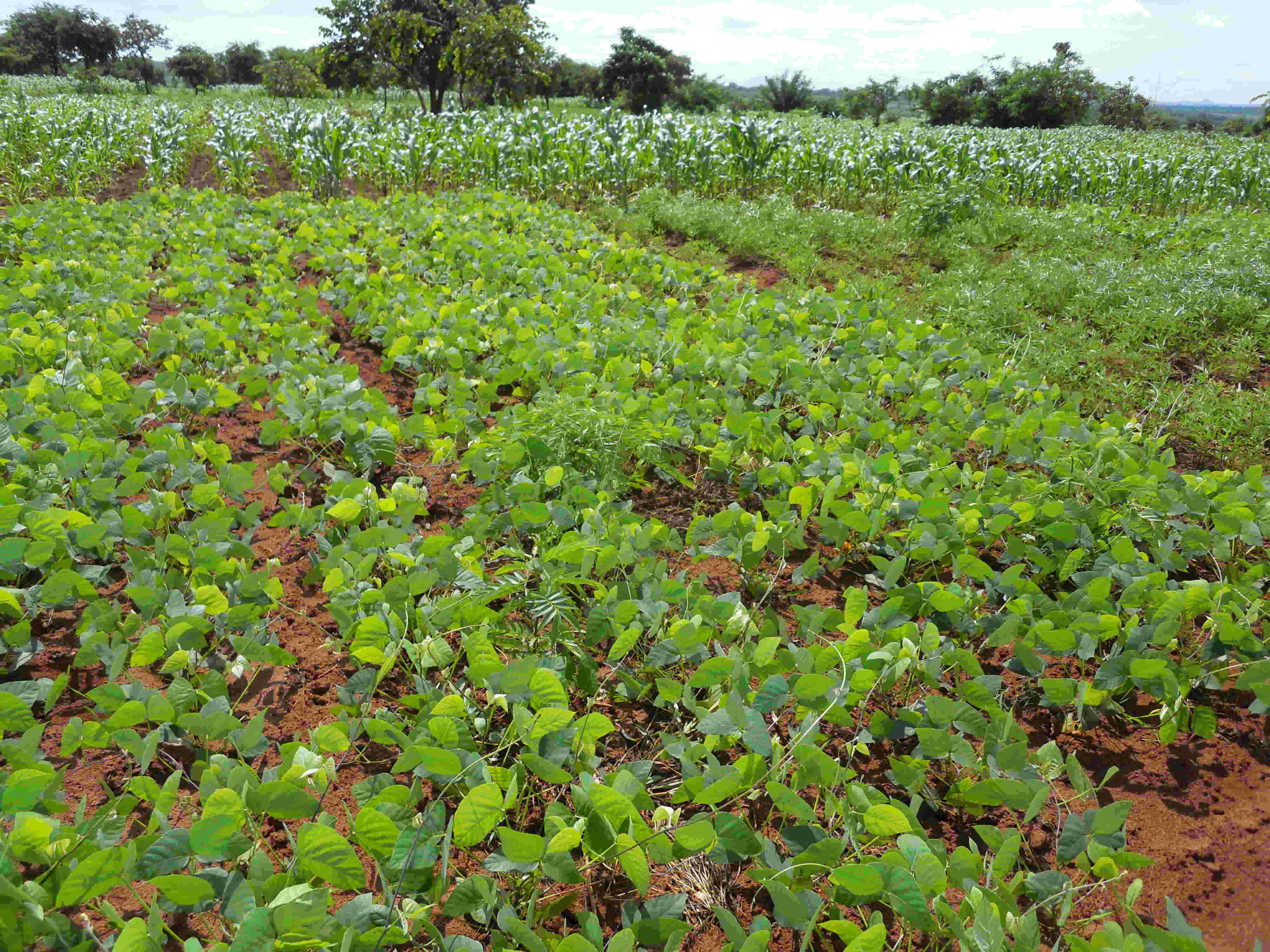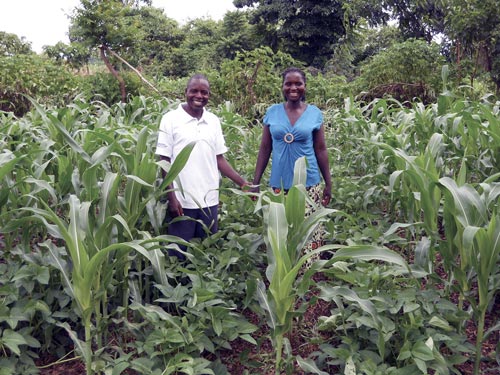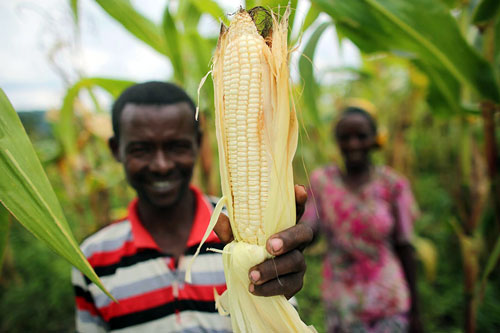Green manure crop cover reduces need for mineral fertilizer in Africa

It is widely accepted that improved maize germplasm will only express its yield potential under optimum agronomic management such as timely planting, optimal plant/space arrangements, and timely weed and pest control. But perhaps the most important agronomic intervention is adequate fertilization. Although farmers in Europe and America have used mineral fertilizers for generations, these have become available in Africa only relatively recently. However, the excessive use of mineral fertilizer in Europe and America has led to water pollution and eutrophication, and has increased the energy requirements of the fertilizer production process.
In Africa, mineral fertilizer remains a scarce, expensive and risky resource for most smallholder farmers. On average, farmers use less than 10 kg/ha of NPK fertilizer, and many do not apply it at all. The price of fertilizer is 3-5 times higher in Africa than in Europe due to the lack of infrastructure and production facilities, often making it unaffordable for farmers. Fertilizer is primarily applied to higher value and horticulture crops that, unlike maize, give farmers greater return on their investment.
Many farmers in southern Africa plant maize extensively on large areas, harvest less than 1 t/ha on average and mine already depleted nutrients from the soil while trying to become food secure and escape from poverty – an impossible task! But farmers are now being offered a range of solutions that provide a way out of the poverty trap, such as improved drought and stress tolerant maize germplasm, conservation agriculture (CA), improved rotation systems with legumes and green manure cover crops.
The use of CA principles (minimum soil disturbance, crop residue retention and diversification through rotation and intercropping) hinges on the ability of farmers to retain sufficient surface crop residues to protect the soil from heavy rain, evaporation and sunlight. However, farmers in mixed crop/livestock systems face competing demands for these residues because they also feed them to their animals.
It is against this background that the Food and Agriculture Organization of the United Nations (FAO) involved CIMMYT in a small project aimed at introducing green manures to smallholder farmers in eastern Zambia and central and southern Malawi. Green manures are grown primarily to improve the soil, generate biomass for ground cover and provide fodder; some also produce grain for feed and food.
In Lilongwe District, Malawi, farmer Bikoni Yohane and wife Esnart proudly present their maize-cowpea intercropped field, which will produce grain and leaves for home consumption and im-prove soil fertility. Photo: Christian Thierfelder/CIMMYT.A range of varieties have been tested by the Global Conservation Agriculture Program over the past five years. Crops such as velvet bean, lablab, cowpea, sunnhemp, jackbean, pigeonpea and groundnuts have been identified as viable options with great potential for smallholders. They provide 5-50 t/ha of extra biomass for groundcover and/or fodder, leave 50-350 kg/ha of residual nitrogen in the soil and do not need extra fertilizer to grow. The new project is testing these species in full rotation or intercropped with maize on farmers’ fields in the three project regions. To increase adoption, the project is using an intensive participatory process to adapt the green manures to smallholder conditions.
This initiative is not the only one where CIMMYT has been involved with green manure cover crops: in northern Mozambique, a collaboration with CARE International reports that yield increased from 4 t/ha to 13 t/ha by only using lab-lab and improved germplasm in cassava-based CA systems. The ACIAR-funded ZimCLIFFS project in Zimbabwe was also very successful in growing lablab and velvet beans to generate supplementary fodder for livestock during the dry winter period.
Through innovative approaches, CIMMYT will further explore new ways of integrating green manures into smallholder farming systems so they become the status quo, not just an option!

